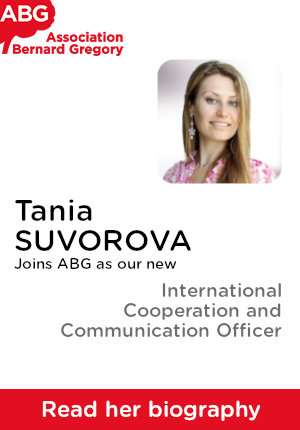Edge seCurity witH ferrOelectric dEviceS
| ABG-133664 | Job | Junior |
| 2025-10-03 | Fixed-term 20 Month | > €35,000 and < €45,000 annual gross |
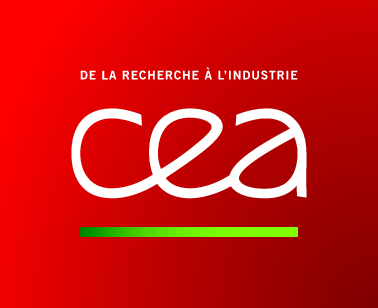
- Electronics
- Materials science
Employer
IRAMIS teams conduct research in physics and chemistry, at the crossroads of academia and CEA missions, as well as societal issues and innovation. Its research focuses on new energy technologies, quantum technologies, new materials, complex systems and radiation-matter interaction.
Primarily fundamental in nature, the research carried out at the Institute is open to the creation of economic value and technology transfer. To carry out this research, IRAMIS teams use first-rate scientific facilities and equipment, and are also very active around Large European Facilities.
The physics of condensed matter is studied at SPEC, from the most fundamental aspects to applications in suitable cases. The approaches are extremely varied, exploring worlds ranging from the nano scale to macroscopic objects. Thanks to its publications in specialized scientific journals, SPEC is also a centre for technology transfer and patenting. SPEC is involved in numerous collaborations, both with the CEA and at national and international level.
We are part of the Service of Condensed Matter Physics (SPEC) in the IRAMIS institute of the French Atomic Energy and Alternative Energies Authority (CEA). Our research focuses on the study of the electronic and chemical structure of functional oxide surfaces, interfaces and films. To do so we employ a wide array of photoemission-based surface analysis techniques such as XPS, HAXPES, ARPES and PEEM as well as electron probes such as LEEM.
Our experimental work is done in both laboratory and synchrotron environments. We attach a lot of importance in building lasting collaborations with groups who are expert in epitaxial thin film growth, complementary experimental analysis techniques, device applications, micro and nanoelectronics technology, modelling and simulations.
The materials and devices we study are fabricated and characterized in close collaboration with our technological research partners including the CEA LETI (Grenoble), NaMLab (Dresden), the AFRL (Dayton, OH, USA) and industrialists such as STMicroelectronics.
Website :
Position and assignments
Data centric applications such as artificial intelligence and IoT require to process a massive amount of Data. The energy overhead of data transfer to and from the cloud will rapidly become unbearable. To meet this challenge, edge computing is necessary. However, this also means that sensitive data may be stored and processed outside of traditional data centers, which can potentially expose it to security threats thus putting a strong emphasis on securing data in edge computing. In this context, emerging non-volatile memory technologies are potential candidates for secured NVM in future edge-devices thanks to their superior scalability and energy-efficiency as compared to Flash. Ferroelectric hafnia-based NVM are highly appealing because of their ultra-low power consumption (< 0.1pJ/bit)[4], high endurance (>1014) and the intrinsic stochasticity.
The goal of ECHOES is to determine whether hafnia-based FE NVM can outperform current NVM solutions for edge-security applications bring a comprehensive understanding of imprint through advanced characterization and physical modelling.
In particular, we will investigate the materials physics of hafnia-based capacitors which allow to minimize the hysteresis imprint via control of the oxygen vacancy distribution and the insertion of appropriate interface layers and thus maximize the hardware security.
Ferroelectric capacitors stacks will made at INL by physical vapor and atomic layer deposition (PVD and ALD). Advanced structural and electrical characterization on samples will provide crucial insights to feed and/or confirm the physical model
The post-doctoral research will use X-ray Photoelectron Spectroscopy (XPS, HAXPES) and PhotoEmission Electron Microscopy (XPEEM) to characterize the oxygen vacancy profiles near the electrode/ferroelectric interface and the interface chemistry and electronic structure in FeCAP test structures as a function of cycling. The intensive use of hard X-rays will allow analyzing devices with realistic top electrode thicknesses at synchrotron radiation centers in operando conditions using dedicated sample-holders. Microscopic FeCAPs will be characterized using both laboratory and synchrotron based XPEEM. Stochastic switching on sub micron test structures, fabricated by e-beam lithography on the NanoLyon platform of INL will be investigated by Piezoresponse Force Microscopy (PFM) at SPEC.
Partners
Institut des Nanotechnologies de Lyon (INL)
Institut Materials Microelectronic and Nanoscience of Provence (IM2NP)
The contract is for 20 months, February/March 2026 start date, negotiable. CV and contact details for two references before 30th November to Nick Barrett.
Geographic mobility:
Telework
Starting date
Profile
We are looking for an experimental physicist or materials scientist preferably with experience in photoelectron spectroscopy and/or ferroelectric materials. Synchrotron radiation experience is an advantage.
Knowledge of oxide surfaces/interaces and ferroelectricity are important.
Teamwork will be very important including assisting in project coordination.
Goals
The post-doctoral researcher will use of several advanced photoemission-based techniques to explore the physical chemistry of hafnia based interfaces and correlations with electrical imprint in capacitor stacks with a view to understand and engineer by materials science and process conditions for edge secure devices
Vous avez déjà un compte ?
Nouvel utilisateur ?
Get ABG’s monthly newsletters including news, job offers, grants & fellowships and a selection of relevant events…
Discover our members
 Institut Sup'biotech de Paris
Institut Sup'biotech de Paris  Laboratoire National de Métrologie et d'Essais - LNE
Laboratoire National de Métrologie et d'Essais - LNE  CASDEN
CASDEN  Tecknowmetrix
Tecknowmetrix  ASNR - Autorité de sûreté nucléaire et de radioprotection - Siège
ASNR - Autorité de sûreté nucléaire et de radioprotection - Siège  Groupe AFNOR - Association française de normalisation
Groupe AFNOR - Association française de normalisation  Aérocentre, Pôle d'excellence régional
Aérocentre, Pôle d'excellence régional  CESI
CESI  Généthon
Généthon 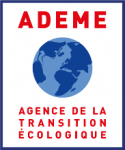 ADEME
ADEME  ONERA - The French Aerospace Lab
ONERA - The French Aerospace Lab  Nokia Bell Labs France
Nokia Bell Labs France 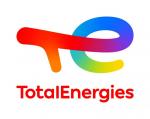 TotalEnergies
TotalEnergies 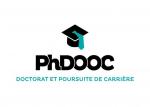 PhDOOC
PhDOOC  SUEZ
SUEZ  Ifremer
Ifremer  MabDesign
MabDesign  MabDesign
MabDesign 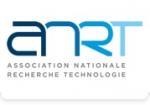 ANRT
ANRT

